Blockchain advantages and disadvantages
Most blockchains are designed as a decentralized database that functions as a distributed digital ledger. These blockchain ledgers record transactions and stores them into blocks that are attached to each other.
The invention of blockchain structures brought up many advantages in a variety of domains but also some disadvantages, like it’s decentralized nature that requires an increased amount of data to be stored.
How is it better?

Because most of the times blockchain data is stored on multiple devices that are connected via a network, the system and the data are resistant to technical failures and malicious attacks. Every node from the network is able to replicate it’s content and store a copy of it’s database.
Because of this there is no single point of failure, that means if a node goes offline the integrity of the data or the security of the database is not affected.
In contrast, conventional databases are stored o a single device or a few servers and hence, are more vulnerable to technical failures and cyber attacks.
Through it’s stability we understand that , confirmed blocks are very unlikely to be reversed, because once the data is stored into a blockchain it’s very difficult to be removed or changed.
Thanks to this advantage blockchain application are extremely useful for storing financial records because every change is tracked and recorded permanently on a public and distributed ledger.
As an example, a business company could use blockchain technology to keep track of every transaction. In this case the business would be provided with a secure and stable record of every transaction that takes place in the company.
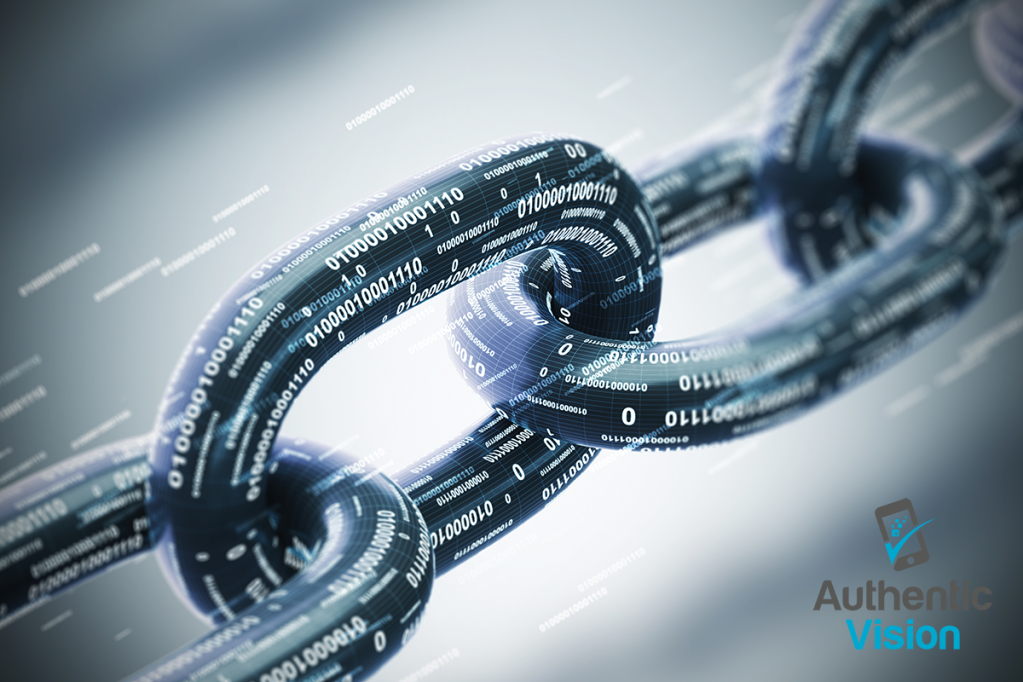
Blockchain & payment systems
In most of the existing payment systems, transactions are not only dependent on the two users, it also involves a third party such as a bank or a credit card company that can validate the transactions and ad a commission to it. By using blockchain applications the transaction is validated by the distributed network of nodes and the process is known as mining.
In conclusion we can say that blockchain technology is a trustless system negating the risk of trusting a single organization and reducing the costs and fees by cutting intermediaries and third parties.
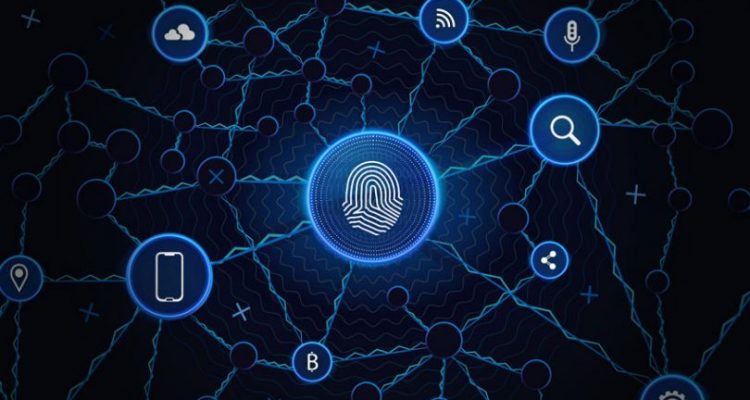
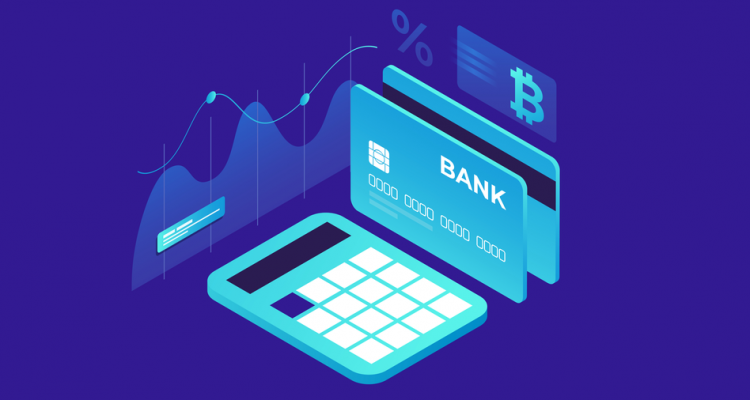

However,
Even if blockchain technology changes the way in how we manage our payments and make transactions with people, everything comes at a price.
If anyone wants to work with this new technology, there are a few disadvantages that need to be considered, such as:
The space required to store it.
For example, as of today, the most popular cryptocurrency, Bitcoin, as a blockchain of the size of 285 GB. Ethereum, the second largest cryptocurrency, has 306 GB. And this number grows bigger and bigger each time new blocks are mined.
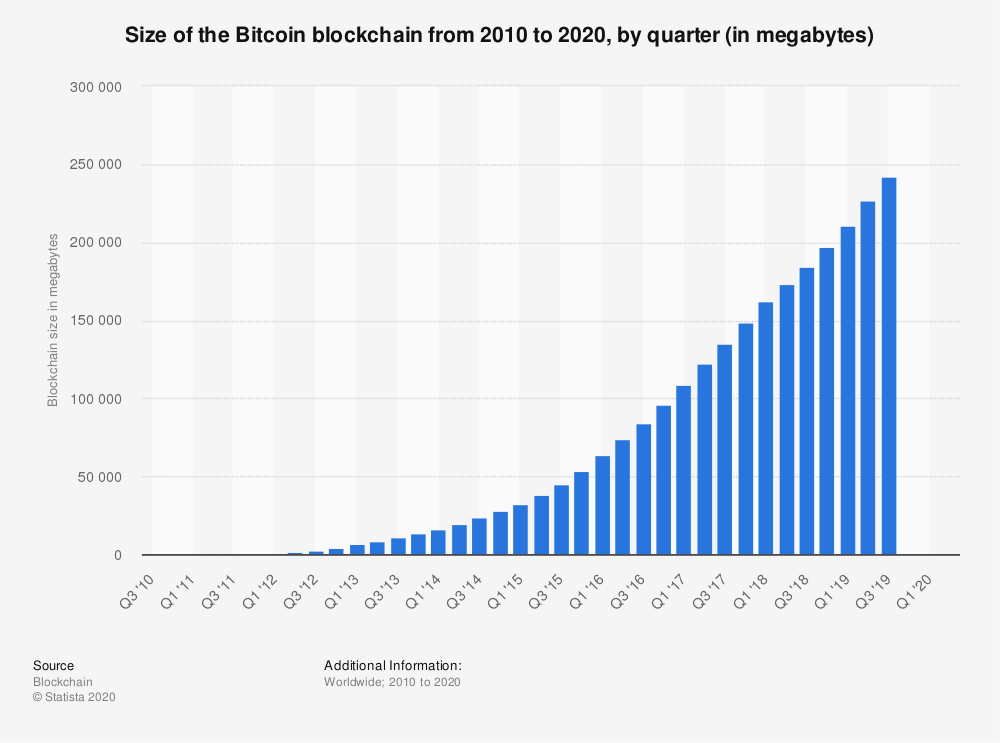
Energy
For example, in order to maintain the Bitcoin blockchain, new blocks have to be mined every time. In order to create new blocks, the GPU has to try and figure out which is the right hash for the next block, and that makes it waste a lot of energy because of this. This would be the case if your blockchain supports a Proof-of-Work algorithm (PoW) for mining.
There is no solution for solving this problem except using a different algorithm for consensus, such as Proof-of-Stake (PoS).
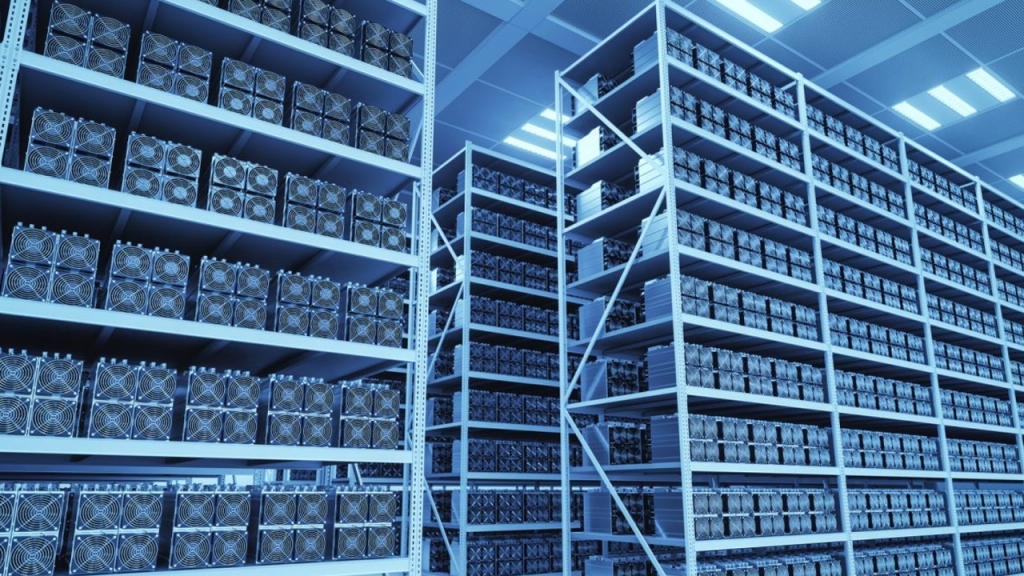
Scalability
If we need to scale the blockchain to greater speeds, we have to change numerous things that have quite a bad effect in the long run.
A method to scale the blockchain is to increase the block size of the chain, but in return, the blockchain size would drastically increase and we might not be able to store the blockchain unless we buy a lot of storage. Another method is through sidechains, but it isn’t an efficient way to solve this problem as it isn’t necessarily the blockchain itself, it’s just another chain that does it.
There hasn’t been any way discovered to solve this problem efficiently and we have to wait for a better solution to come up for the moment

Even if we take the disadvantages in consideration, the technology is still a big step forward in maintaining the internet.
Indeed, we have to put in a lot of effort to maintain a blockchain either through energy resources or storage, but research is still being conducted in this domain and more and more ways of improvement are being discovered.
We are still in the early stages of developing blockchains, so the numerous advantages that this technology already offers put it on track to revolutionize the way we interact with the internet forever.


